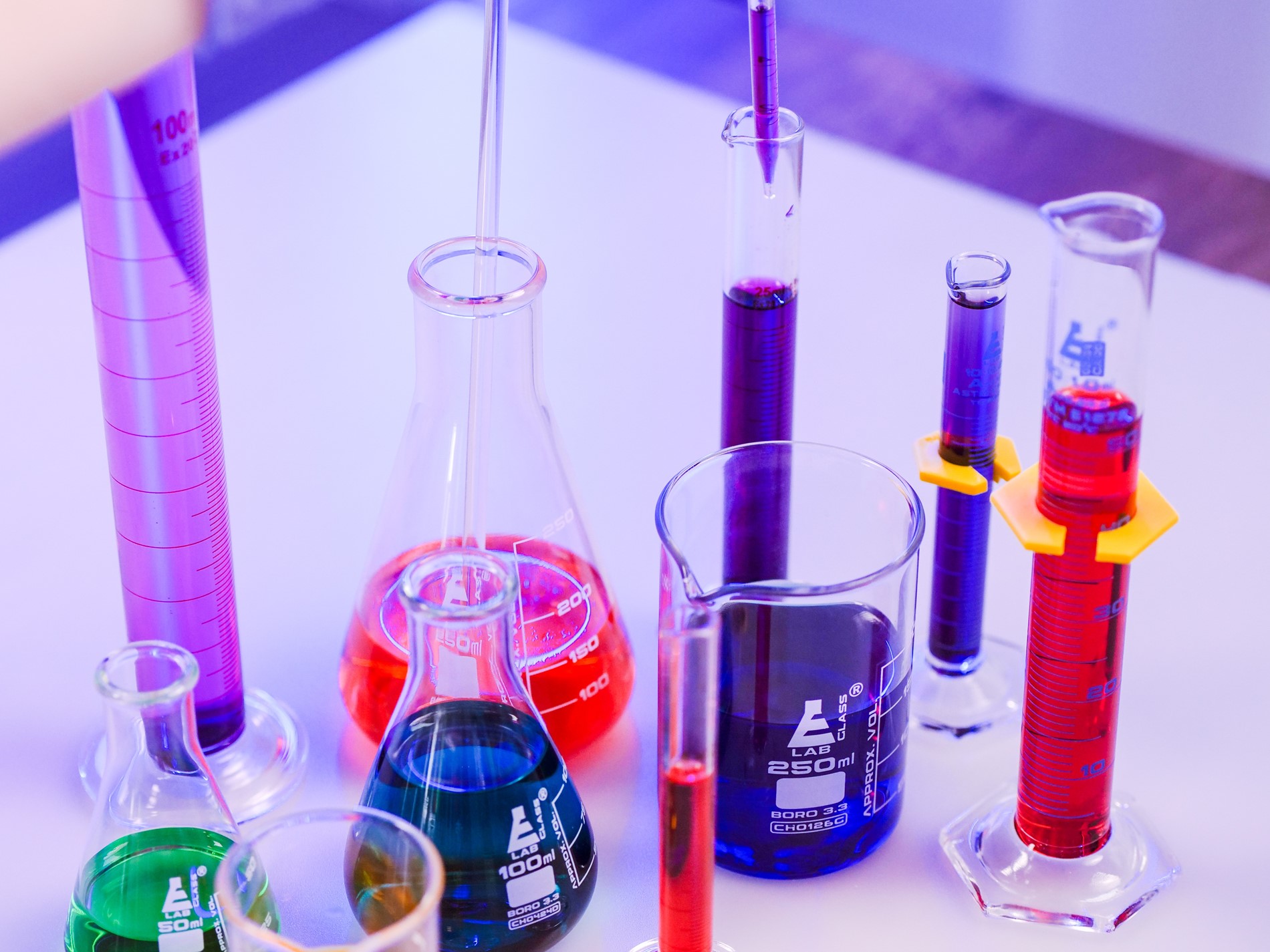The Science of Undetectable: 6 Expert Insights
People who are living with HIV and are on antiretroviral treatment can lower the amount of HIV to the point where it can't be detected by a standard viral load test. And if that level (the undetectable viral load or UVL) is maintained for at least six months, then the virus is not transmitted to sexual partners.
Both the Opposites Attract Study and the PARTNER trial have shown zero HIV transmissions in over 34,000 of cases of sex between men who have sex with men without a condom where the partner living with HIV was undetectable.
To trace the simple path from treatment to UVL, we spoke to Dr Sunita Azariah, a sexual health expert who has had patients living with HIV for more than 20 years.
So, first the treatment. How do antiretroviral meds work?
Because HIV changes very rapidly, it could become resistant to individual drugs very quickly. There are about four different classes of antiretroviral drugs that all target different stages of the virus’s life-cycle and they are used in combination (what Dr Azariah calls the “hit hard, hit early” approach) to prevent the virus both from getting a hold of host cells and from spreading.
HIV Treatment
Doctors can use a combination of different anti-HIV drugs to stop the virus from replicating and to protect your immune system
Learn more about HIV Treatments

Does the choice of treatment depend on the individual?
Some treatments will have interactions with other medications for, say, blood pressure or diabetes, and taking recreational drugs can also affect how the meds work. All the common courses of treatment now involve taking one or two pills at the same time once a day. So remembering to take them is vital to their efficacy.
What do doctors use to measure the strength of your immune system to tell how treatment is working?
CD4 cells are part of your body’s defence system and are used by HIV to reproduce – they are used as a marker of your immune function and can be a good initial indication of how long someone has been infected at the point of first diagnosis. Until July last year, meds weren’t prescribed until the CD4 cell count had fallen to a specific level - but these days, especially with frequent testing, Dr Azariah says most people start treatment on a high count.
Viral load counts how much HIV is in a blood sample and is measured by the number of “copies” of HIV per millilitre of blood. This number is initially very high after infection and means the virus is at its most infectious, but falls to a “set point” once the immune system kicks in. This set point will differ between individuals but will fall due to treatment and is very sensitive to variations in treatment – which makes it the ideal measure to monitor the efficacy of treatment. At the point in which the viral load is “undetectable” then the virus is deemed “untransmittable” – a process that Dr Azariah says usually occurs at their next three-monthly test after starting treatment.
What is a “blip”?
Because viral load testing is so sensitive (in Auckland’s case down to 20 copies per ml), some people may experience an occasional detectable-but-low reading. Causes can include missing doses or infections such as flu. Dr Azariah says most cases wouldn’t cause an issue, although consistent readings above 200 might lead to worries about low-level resistance.
Can early treatment and reaching UVL lead to overall better health?
Doctors recommend starting treatment straight away because it reduces the inflammation that can lead to other non-HIV related complications such as cardiovascular disease and non-HIV related cancers. But Dr Azariah says that lower rates of condom use have led to a rise in STIs among both poz and neg men who have sex with men. “I certainly encourage people to use condoms even if the risk of HIV transmission might be non-existent.”
How does treatment work at a community and personal level?
Dr Azariah says that greater levels of testing are “our best chance of getting this disease under control” because the overall level of infectiousness in the community will drop. But she’s also witnessed the change in her patients who have gone through treatment to gain an undetectable viral load. “It’s revolutionary in the way people feel about their relationships – they don’t have to have this fear for their partner and that means a lot for their self-esteem and quality of life.”
What if my partner and I are both positive and undetectable? Can we have sex without condoms?
Yes, however having sex without a condom always carries the risk of STIs, particularly if you are having sex with other guys as well as your regular partner.
There is also a very small risk that when two people living with HIV have sex without a condom that reinfection will occur, if one partner has a strain of HIV that is resistant to the treatment that the other guy is on. However, if you’re taking HIV medication and have an undetectable viral load you can’t pass on HIV, and therefore this won't be an issue.
Do I still have to disclose my HIV-positive status even if my viral load is undetectable?
New Zealand law requires people living with HIV to take ‘reasonable precautions’ to avoid passing on HIV. The only case to ever come before the courts in New Zealand was for vaginal intercourse. It found that condoms are needed to be used as a precaution. That means that legally, if you are not using condoms during penetrative sex, you must disclose your HIV status. There has not been a case in New Zealand to test whether an undetectable viral load would be considered ‘reasonable precaution’.


